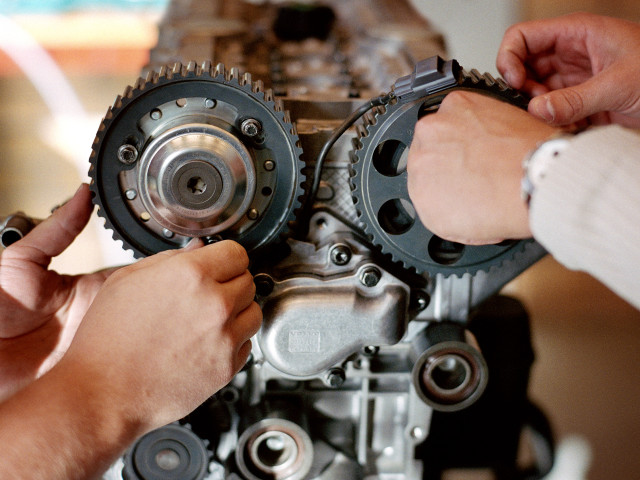The course is based on advanced, higher level, use of solid mechanics theory and modeling. This is added to the already acquired knowledge of the participants. The course is mainly experiential. The course includes a lecture series, including guest lecturers from industry. There are individual design exercises as well as a larger final project to be solved in a small group.
Lectures:
Product development and the role of solid mechancis, design space, failure modes, force flow in structures, modeling of joints, load transfer, tapering, warping, membrane states, non-linear materials, elastoplastic stress cycles, Woehler diagrams for materials and products, multiaxial high- and low cycle fatigue, fatigue criteria, structural optimization, topology optimization, contact mechanics and contact fatigue, slip and wear, fretting. Load typas, instability and buckling, large deformation analysis of buckling. The necessity of knowing the product, residual stresses, fractography and accident investigations. Simulations, dynamics and alternatives to the FEM. Satistics, distributions, estimation, sampling with the Monte Carlo method, Lating Hypercube Sampling. Regression, response surfaces and surrugate modeling, sensitivities and design of experiments. Main- and interaction effects. Probabilistic design and computation of probability for complex problems. Robustness, quality. Taguchi´s method. Reliability theory, including FORM and SORM. Reliability based design optimization in theory and application. About 4 guest lectures on FE-based product development, optimization, MDO.
Hemuppgifter:
About 6 Design Exercises based on computational mechanics. They illustrate all parts of the course; product development by design, optimization and probabilistic design combined with optimization.
